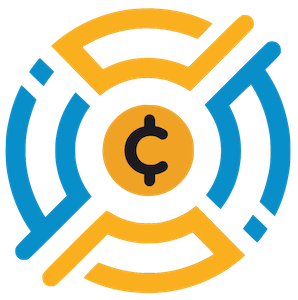In an unexpected turn of events, OpenSea’s recent launch of its OS2 platform has seemingly rekindled user interest in the long-saturated NFT market. For the first time in over two years, the platform witnessed a staggering increase in monthly active users, totaling around 467,000 in May—marking an impressive 44% leap from the previous month. This growth isn’t just an outlier; it represents a significant uptick in user activity, with over 2 million NFTs sold in both April and May, leveling out to figures last seen in February 2023. These numbers might inspire a cautious optimism among observers, though the overarching landscape remains cautiously watchful as sale volumes are still a shadow of their 2022 peaks.
OpenSea’s Strategic Overhaul
Launched on May 29, OS2 embodies a comprehensive strategic reimagining of OpenSea, shifting its identity from a conventional NFT marketplace to a versatile on-chain hub. The upgrades unveil new capabilities, including support for token trading across an impressive 19 blockchains—a feature that positions OpenSea as a competitive player in a rapidly evolving space. Additionally, the newly introduced gamified reward system, dubbed “Voyages,” aims to enhance user engagement through quests and XP. Such innovations look to not only retain existing users but also attract a new audience by rewarding active participation. OpenSea’s CEO, Devin Finzer, emphasized the importance of this overhaul, heralding it as a foundational stepping stone for the future: “We’ve rebuilt the platform from the ground up to become the best destination for everything on-chain.”
The Incentive Dilemma
The introduction of the Voyages system is significant; it aligns user reward mechanisms with on-chain activities, giving participants a direct stake in their engagement by potentially qualifying them for upcoming airdrops of the much-anticipated SEA token. Early indications suggest a shift in user dynamics, with a notable spike in address activity correlating with the OS2 launch. However, there are rising critiques that this excitement may distort metrics, especially if users are merely engaging in airdrop farming with little intent to interact meaningfully within the ecosystem. Such activities could inflate wallet counts and yield a misleading portrayal of genuine interest.
Market Dynamics and Competition
In May, OpenSea also regained some market share against competitors like Blur, which had previously seduced high-frequency traders with their aggressive token incentives. Sales volumes crept up to $81 million over a 30-day span, though it remains a sobering reality to note that this figure is still more than 90% below its peak of $5 billion recorded in January 2022. This discrepancy highlights the enduring skepticism surrounding the NFT realm despite OpenSea’s renewed vigor.
Particular attention should also be given to regulatory developments. The U.S. SEC’s decision to close its investigation into OpenSea marks a pivotal turning point, lifting a significant burden that had loomed over the company. With regulatory uncertainty alleviated, there appears to be room for growth and innovation, potentially paving the way for the SEA token launch. Yet, despite these glimmers of hope, the concerns around whether OpenSea can maintain this momentum remain valid. The broadened scope into fungible token trading could inadvertently detract the platform’s focus, potentially alienating users loyal to the decentralized exchange ecosystem.
Final Thoughts on the NFT Renaissance
The recent resurgence in user activity suggests that interest in NFTs is far from extinct. Rather, it hints that a dormant fire is simply awaiting the right conditions to ignite. OpenSea’s bold leap with OS2, bolstered by government clearance and an expansive multi-chain approach, hopes to provide that spark. While the initial wave of enthusiasm is perhaps disproportionate to the actual market recovery, it offers an intriguing glimpse into what could be the dawn of a new NFT era. The success of OS2 hinges on whether this speculative excitement can transform into sustained engagement and participatory culture within the platform—something that remains to be seen as we navigate the evolving intricacies of digital ownership and creativity.

